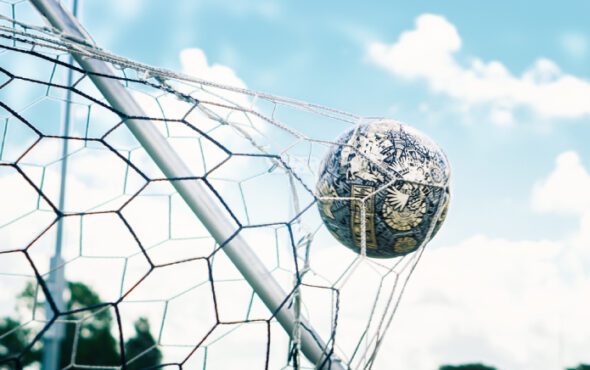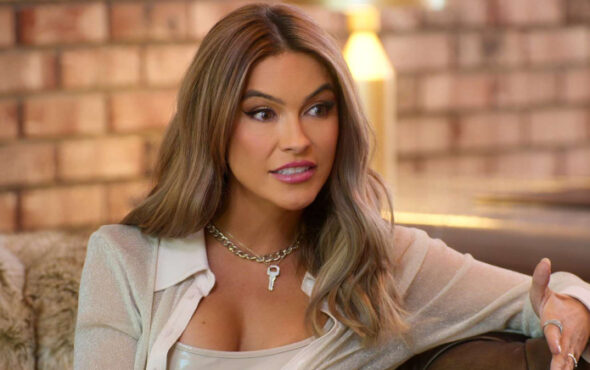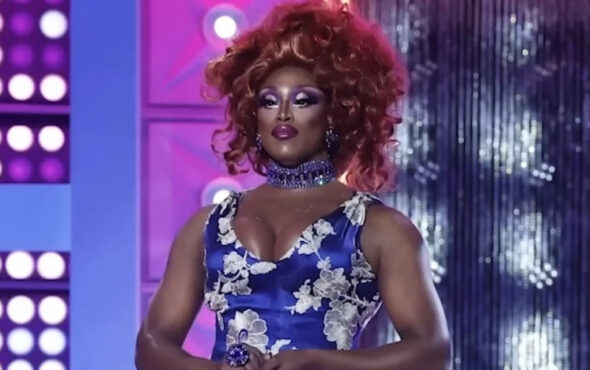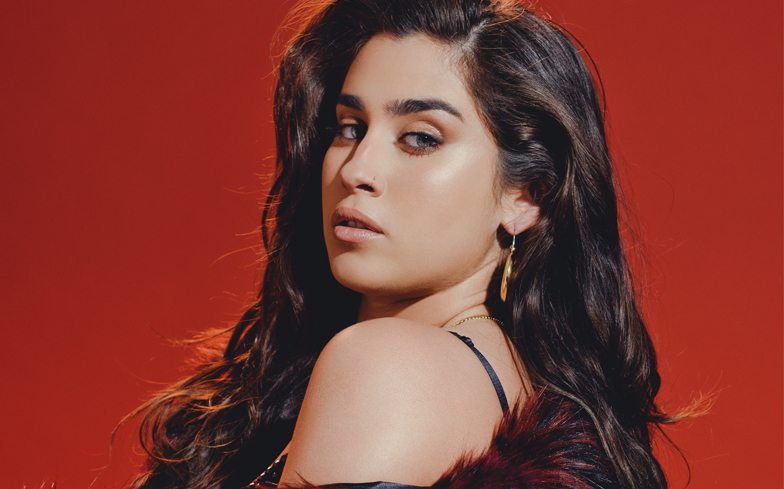
England’s Lionesses football team went head-to-head against Spain on Sunday in the final of the Women’s World Cup in Sydney, where two-thirds of the squads have featured openly LGBTQ+ players.
The high levels of LGBTQ+ representation at the tournament highlight a trend in top-level women’s sport that contrasts with the relative absence of openly gay or bisexual men in elite male sporting competition.
Here’s what you need to know:
How many openly gay or bi female footballers are there?
At least 96 of the more than 730 players who have competed in 2023 Women’s World Cup identify as LGBTQ+, according to research from sports site Outsports – up from 41 during the last tournament in 2019.
This weekend’s final will see eight LGBTQ+ women taking part across both sides, including Spanish captain Ivana Andrés, who married her wife last year.
Last year, there were more than 60 lesbian and bi women taking part in Britain’s Women’s Premier League, playing for leading clubs including Arsenal, Chelsea, Manchester United and Liverpool.
“You can’t win a championship without gays on your team – it’s never been done before, ever,” U.S. former co-captain Megan Rapinoe said during the 2019 Women’s World Cup.
Canadian midfielder Quinn became the first transgender and non-binary person to take part in a World Cup – men’s or women’s – this year.
What about LGBTQ+ representation in men’s football?
In contrast to the women’s game, only a handful of male footballers have come out as LGBTQ+.
In Britain, Blackpool forward Jake Daniels and Zander Murray from Scotland’s Bonnyrigg Rose came out as gay in 2022, with Murray becoming the first openly LGBTQ+ Scottish top-flight footballer.
Czech player Jakub Jankto came out in February this year – the first active senior international in men’s football to do so.
Justin Fashanu remains the only openly gay footballer to have played for England after he came out in 1990. He died by suicide in 1998.
Andy Brennan became Australia’s first professional male footballer to come out while still playing in 2019, after now-retired U.S. trailblazer Robbie Rogers did so in 2013. Australian A-League player Josh Cavallo came out in October 2021.
German Thomas Hitzlsperger, now VfB Stuttgart’s head of sport, came out one year after retiring.
Goalkeeper Phuti Lekoloane remains the only openly gay player at a high level in South Africa after coming out in 2015.
Why is women’s sport more inclusive?
It is not just football that has seen more LGBTQ+ women represented than men – with lesbian and bi athletes also visible in cricket, tennis, boxing, basketball, hockey and other sports.
Many openly lesbian athletes emerged more than a century ago. One example is Lily Parr, one of the earliest gay footballers in England, who played for the Dick, Kerr’s Ladies F.C. before the FA banned women from playing on their grounds in 1921.
Researchers point to a long history of lesbian and bi women using sport to find community, and in some cases to challenge traditional gender roles that long labelled sport as a masculine activity.
One 2020 study from Monash University found that 91% of female rugby players said they had been assumed to be gay at some point.
However, more than two-thirds of female athletes said they feel they can be more open about their sexuality than sportsmen, the BBC Elite British Sportswomen’s Survey revealed in 2020.
Surveys among top sportsmen – for example among tennis and rugby union players – have reported the frequent use of homophobic slurs in competitive circles and shown athletes’ concerns about losing lucrative sponsorship deals if they came out.
Players in Britain’s Premier League have also been subjected to homophobic chanting from fans during multiple games as recently as this year.
“I don’t think you can say anything in a woman’s football changing room that would shock anybody or be judged,” Leah Williamson, England’s captain during the Women’s Euro 2022 championships, told Openly during the men’s World Cup.
Reporting by Lucy Middleton.
GAY TIMES and Openly/Thomson Reuters Foundation are working together to deliver leading LGBTQ+ news to a global audience.



